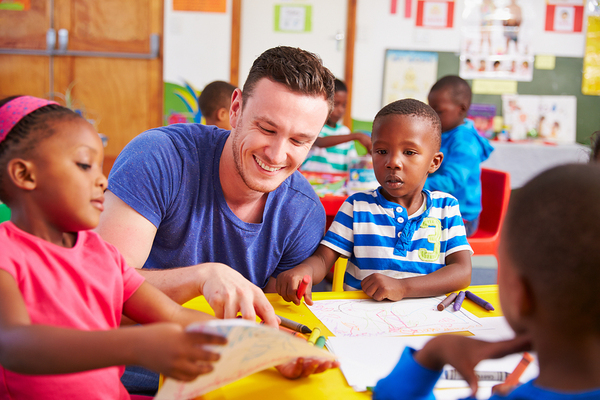
Keeping students engaged can be a challenge.
The quality of students’ learning depends a great deal on how well they stay focused in the classroom – and getting students to pay attention is no easy task. After a steady diet of television, video games and social media, your lesson may not seem so interesting, and some of your students may tune you out or even try to disrupt the lesson. It is possible to keep your students focused, however, even when learning disabilities or developmental difficulties present challenges to students’ capabilities.
Use Nonverbal Communication
Of course, teachers need to clearly tell students what they need to do (and not do) in the classroom, but don’t ignore the power of nonverbal communication to focus students’ attention. Hand signals, eye contact, and other nonverbal cues can bring students back to attention in a moment rather than needing to raise your voice over all of theirs.
Routines Engage Students
When your classroom is focused around well-taught routines and procedures, students know what to expect and are engaged in responsible classroom behavior that facilitates focused teaching and learning. These routines should be established at the beginning of the year, but can be adjusted and built on as the year continues. When students don’t know what to do in specific classroom situations, chaos inevitably results and focus is lost. But when procedures are clearly taught, the classroom almost runs itself.
Build in Accountability
Students often need motivation in order to focus on classroom tasks effectively. Teachers should explain how their focus and participation will be graded so that they are encouraged to give their best effort. Apps like Class Dojo offer positive reinforcement by awarding points for good classroom behaviors like staying on task or participating. When students know they will be held accountable for staying focused, they will be more likely to do so.
Enforce Discipline
Many students have difficulty focusing in noisy classrooms with frequent disruptions, so it’s a good idea to deal with disruptions early on by carrying out your discipline plan calmly and consistently. It’s up to you to give your students a calm, orderly place to learn and work; letting disruptions go in the hopes that they will go away on their own is not likely to be effective. Taking the time to talk privately to students that disrupt class or calling parents can help to deal with any disruptions before they become patterns of behavior that are hard to break.

Interactive technology is one way to keep students focused.
Use Active Learning Techniques
Do you enjoy sitting still and listening to someone speak for an extended period of time? Most people don’t, and kids are no exception. Interactive lessons allow kids to actively engage their bodies and minds in the lesson, which will help them focus better. Group investigation activities where kids work together to find out information, experiments, and lessons that use props or technology are all ways to get students actively engaged in their learning.
Here’s an active lesson plan idea: students can write and publish their own books with Bookemon. You can try it out here.